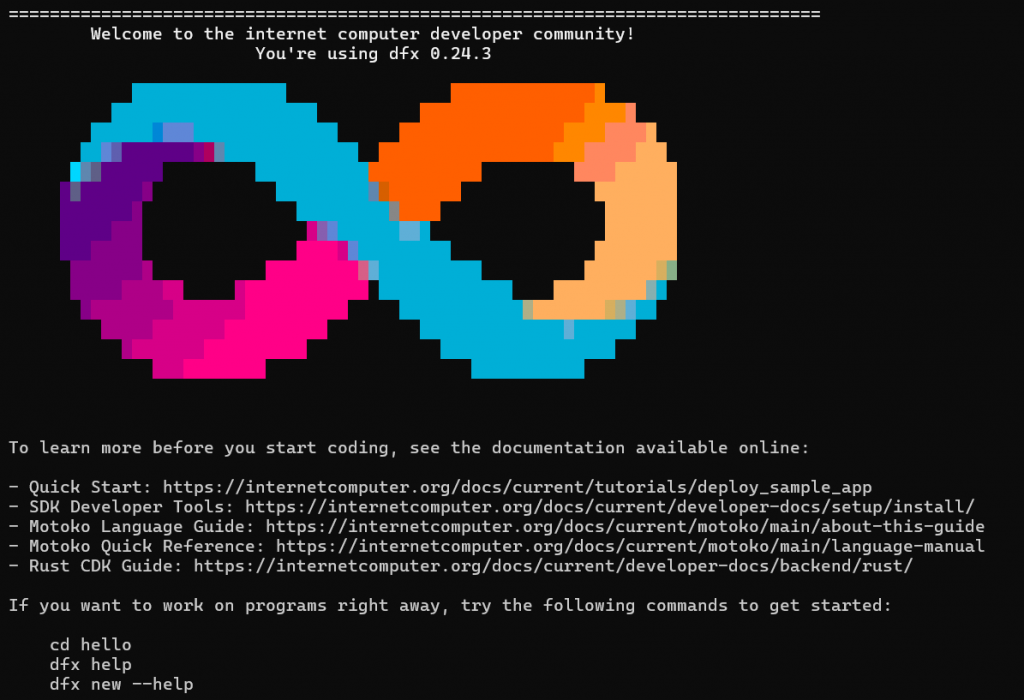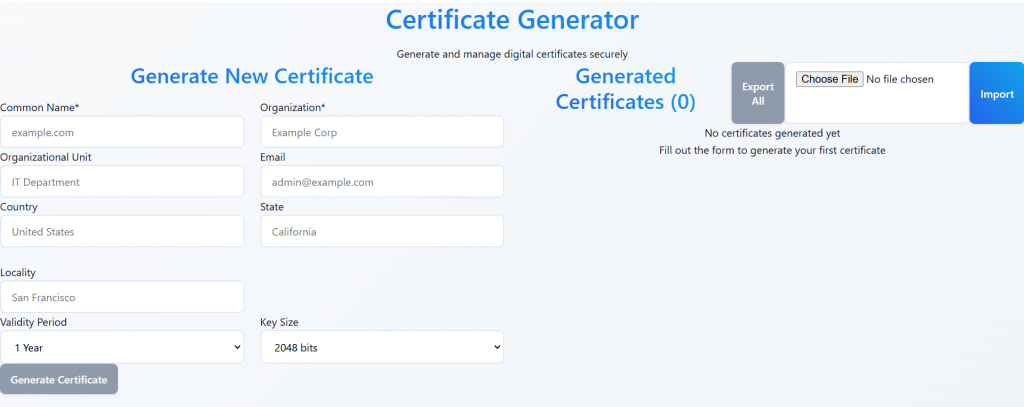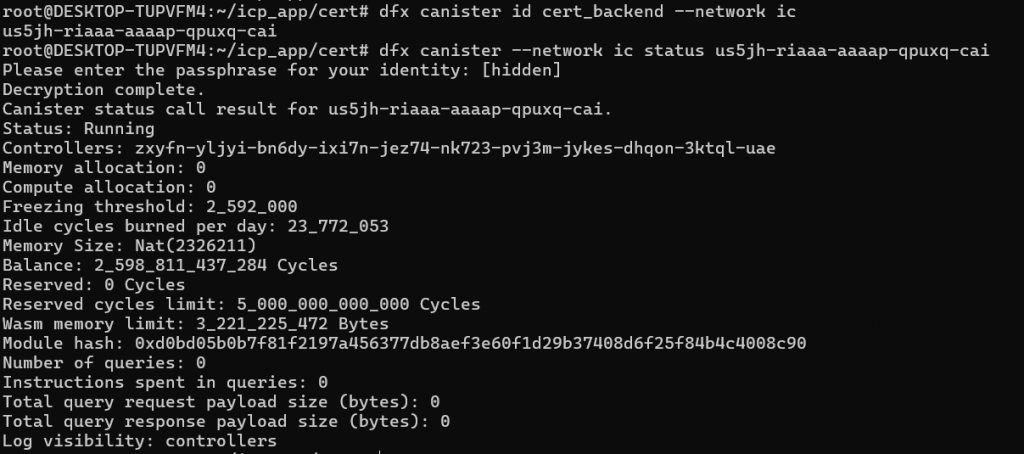RWA tokenization has been a hot topic in the Web3 space in recently years but there were not many use cases. However, with crypto gradually adopted by mainstream institutions as a new asset class in investment, RWA tokenization has emerged as an innovative tool to transform illiquid assets into digital assets with increased liquidity and inclusivity . For your information, BTC ETF and ETH ETF are not considered tokenized RWA. A Bitcoin ETF holds Bitcoin as its underlying asset, but it doesn’t represent ownership of the Bitcoin through a token on a blockchain. Tokenized RWAs, on the other hand, are digital representations of real-world assets like real estate, stocks, or bonds on a blockchain.
Comparison between BTC ETF and Tokenized RWA
Bitcoin ETF:
- Focus: Provides investors with exposure to the price movements of Bitcoin.
- Mechanism: An investment company buys and holds Bitcoin, and investors purchase shares in the ETF, which represent a portion of the underlying Bitcoin holdings.
- Not Tokenized: The ETF itself is not a tokenized representation of Bitcoin on a blockchain.
- ETF is a stock
Tokenized Real-World Assets (RWAs):
- Focus: Represents ownership of physical or traditional financial assets (like real estate, stocks, bonds) as digital tokens on a blockchain.
- Mechanism: The asset is converted into a digital token, allowing for fractional ownership, easier trading, and other benefits of blockchain technology.
- Not Bitcoin ETFs: These are distinct from Bitcoin ETFs, which are a way to invest in Bitcoin itself, not a tokenized representation of other assets.
Key Difference:
The crucial distinction is that a Bitcoin ETF holds Bitcoin as its asset, while tokenized RWAs represent other real-world assets as digital tokens.
Examples of RWA Tokenization
Tokenization of Real Estate
Real estate has always been considered a safe investment compared to the stock market. However, it is also more expensive and illiquid. Though real estate is the largest asset class with a global value of $228 trillion, many retail investors are precluded from investing in this asset class, particularly commercial real estate. Barriers to entry include large upfront investment, very low short-term liquidity, management costs, among others. Therefore, how to make investing in real estate more affordable and accessible to retail investors has become an urgent matter.
Real estate has always been considered a safe investment compared to the stock market. However, it is also more expensive and illiquid. Though real estate is the largest asset class with a global value of $228 trillion, many retail investors are precluded from investing in this asset class, particularly commercial real estate. Barriers to entry include large upfront investment, very low short-term liquidity, management costs, among others. Therefore, how to make investing in real estate more affordable and accessible to retail investors has become an urgent matter.
In recent decades, a process known as securitization of real assets has reduced the frictions and costs associated with accessing real estate exposure for such retail investors. Among financial instruments that provide indirect investment via securitization of real assets, the most common are public and private real estate investment trust (REIT), real estate investment fund, Real Estate Exchange Traded Funds (ETFs), and real estate crowdfunding. Though investors can already buy and sell real estate investment trusts (REIT), but these often have high minimum investments and represent a large portfolio of companies rather than a single property or new development.
To work around the issues, a new form of securitization known as tokenization of real estate aka RWA tokenization has emerged and is gaining popularity . Tokenization helps asset or fund owners raise capital more efficiently, and gives investors unprecedented access to private real estate investments, transparency, and liquidity.
Tokenization is a way to securitize real assets by dividing them into shares that can be sold to investors. It involves representing ownership of an interest in real estate with virtual tokens that exist on a blockchain which is known as security tokens. These tokens are created using blockchain technology, and once created can be traded on digital exchanges or Alternative Trading Systems (ATS).
An actual tokenization use case happened in Paris recently. The property is known as AnnA Villa, which is valued at € 6.5 million. The Villa became the first-ever property in France that was sold via a blockchain transaction. The transaction took place in three steps. First, the ownership of the building was transferred to a joint-stock company called “SAPEB AnnA.” Next, the ownership of the company was divided into 10 Ethereum-powered tokens which were distributed among the new owners. In the final step, each of these tokens was then further broken down into 100,000 units, meaning each token has a face value of € 6.50. Therefore, you can invest as little € 6.50 in the villa.
Tokenization of Bonds and Stocks
Tokenization of bonds and stocks refers to converting the ownership rights of these traditional financial instruments into digital tokens that exist on a blockchain or distributed ledger. These tokens represent a share or unit of the underlying asset and can be traded and transferred via digital exchanges or used in DeFi (decentralized finance) applications.
🏦 Tokenization of Bonds
🔹 What It Means:
Each token represents a claim on the bond’s interest payments and principal repayment. The bond terms (maturity, coupon, issuer, etc.) are embedded in the smart contract.
🔹 Benefits:
- Faster settlement
- Reduced intermediaries
- Global access
- Increased liquidity
🌍 Real-World Examples:
1. European Investment Bank (EIB) – Ethereum (2021)
- What: Issued a €100 million digital bond.
- Blockchain: Ethereum
- Participants: EIB (issuer), Goldman Sachs, Santander, Société Générale
- Features:
- 2-year maturity
- Settled in central bank digital currency (CBDC) simulation
- Reduced issuance time
2. HSBC & Singapore Government Bond Tokenization (2023)
- What: Tokenized Singapore Government Bonds
- Tech: HSBC’s Orion blockchain platform
- Result: Enabled atomic settlement (simultaneous delivery vs. payment) of digital assets and currencies.
📈 Tokenization of Stocks
🔹 What It Means:
Each token is pegged to an actual stock or equity. This can be 1:1 backed (custodian holds the real shares) or synthetic (price exposure only).
🔹 Benefits:
- 24/7 trading (unlike traditional markets)
- Access to global investors
- Fractional shares possible
🌍 Real-World Examples:
1. Tesla / Apple Tokenized Stocks on FTX (before shutdown)
- What: Tokenized versions of real stocks like Tesla, Apple, etc.
- Issuer: FTX via CM-Equity (licensed German entity)
- Mechanism:
- 1 token = 1 real share held by CM-Equity
- Could be traded globally, 24/7
- Status: Shut down after FTX collapsed
2. Swarm Markets (EU regulated) – Public Company Shares
- What: Tokenized stocks of Apple, Tesla, and two U.S. Treasury Bonds
- Regulation: Compliant with MiFID II (EU financial laws)
- Platform: Swarm Protocol
- Utility: Investors can buy stocks with crypto while remaining compliant
💡 Why It Matters:
| Traditional | Tokenized |
|---|---|
| 2–3 day settlement | Near-instant |
| Custodian-dependent | Blockchain-based |
| Limited access | Global retail access |
| No fractional ownership | Easily fractionalized |
🚧 Challenges:
- Regulatory Compliance: Security tokens are heavily regulated.
- Custody & Settlement: Real assets must be safely held and legally backed.
- Market Infrastructure: Needs mature trading platforms and investor protections.
Tokenization of bonds and stocks is revolutionizing capital markets by making them more efficient, accessible, and transparent. However, regulation, custody, and market maturity are crucial for mass adoption.
Tokenization of Arts and Artifacts
RWA tokenization for arts and artifacts refers to converting ownership or rights over real-world assets (RWAs) like fine art, historical items, collectibles, or cultural artifacts into digital tokens on a blockchain. These tokens can represent full ownership, fractional ownership, or economic rights (e.g., profit-sharing).
🖼️ Real Examples
1. Masterworks.io
- What: Fractionalizes high-value blue-chip artwork (e.g., Banksy, Warhol).
- How it works:
- Masterworks buys physical art.
- SEC-qualified offering splits it into shares.
- Investors buy tokens representing equity.
- Status: Regulated under U.S. law, with resale on secondary markets.
2. Particle Collection
- Asset: Banksy’s “Love Is in the Air”
- Tokenized on: Avalanche blockchain
- How:
- Physical artwork divided into 10,000 NFTs (each NFT = a particle)
- Holders get digital certificates, and ownership is recorded immutably
- Value to holders: Fractional ownership, participation in governance of a collective museum
3. Artex (Digital Fine Art Marketplace)
- Focus: Tokenizing paintings from museums, galleries, and private collectors
- Goal: Democratize access to fine art investing using blockchain
- Token Utility: Investors can trade art tokens on a secondary marketplace or use them in staking pools
4. RARE Network (NFT-RWA Bridge)
- Concept: Bringing physical fine art into Web3 using tokenized certificates of authenticity
- Tech: Combines NFTs (representing ownership) with real-world appraisal and storage verification
🔒 How It Works Technically
- Asset Appraisal & Custody
- The artwork or artifact is appraised and held in custody (e.g., museum, vault, gallery).
- Legal Structuring
- A legal wrapper (e.g., LLC or trust) owns the asset; tokens represent shares of that entity.
- Token Issuance
- Digital tokens are created on blockchain platforms (Ethereum, Avalanche, Polygon).
- Smart Contracts
- Rules governing ownership transfer, royalties, resale, etc., are encoded in smart contracts.
- Secondary Trading
- Tokens can be listed and traded on platforms like OpenSea, Securitize, or dedicated art token exchanges.
⚠️ Challenges
| Issue | Explanation |
|---|---|
| Legal Complexity | Ensuring token holders have enforceable rights over the physical asset. |
| Valuation | Art is subjective and prices can be volatile. |
| Custody Risks | Physical safekeeping is essential to ensure token value. |
| Regulatory Uncertainty | Some jurisdictions treat fractional art tokens as securities. |
| Liquidity Limits | Art markets are niche—may not attract deep daily trading volumes. |
💡 Use Cases
- Retail Investors owning a slice of a multi-million-dollar artifact.
- Museums raising funds by fractionalizing their collections.
- Artists tokenizing limited-edition works and controlling resale royalties.
- Cultural Institutions offering public participation in heritage preservation.
🧾 In Summary
- Tokenization bridges real assets and blockchain by creating immutable digital representations of ownership.
- It enables fractional, transparent, and efficient asset markets.
- However, regulatory uncertainty, tech dependencies, and market inertia remain hurdles.
- Despite these, RWA tokenization is rapidly evolving and poised for significant growth











